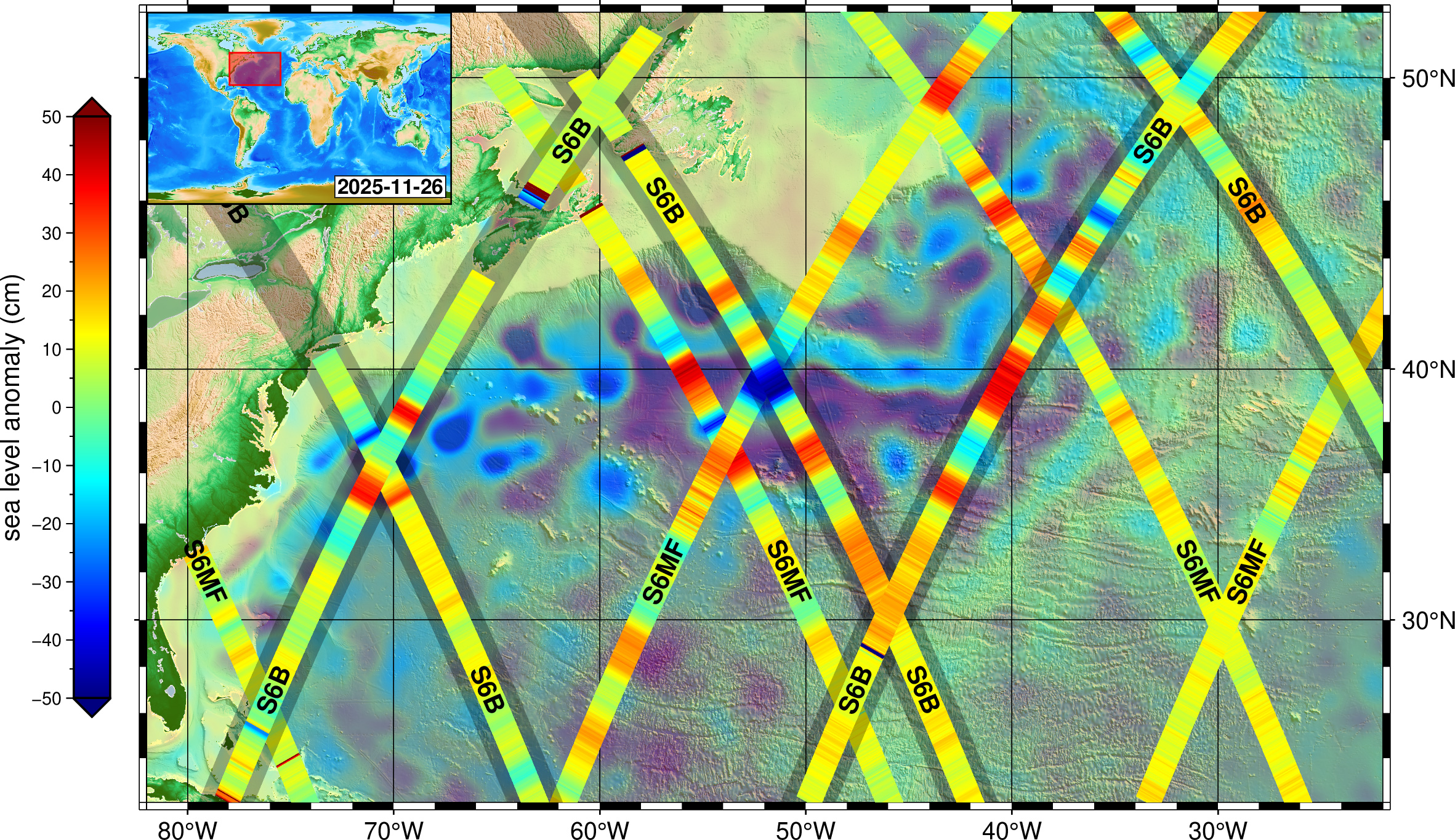In addition to measuring sea level, instruments aboard the satellite will gather information on wind speeds, wave heights, atmospheric temperature, and humidity. In turn, that data can be used by U.S. agencies as well as to refine the Goddard…
Category: 7. Science
-
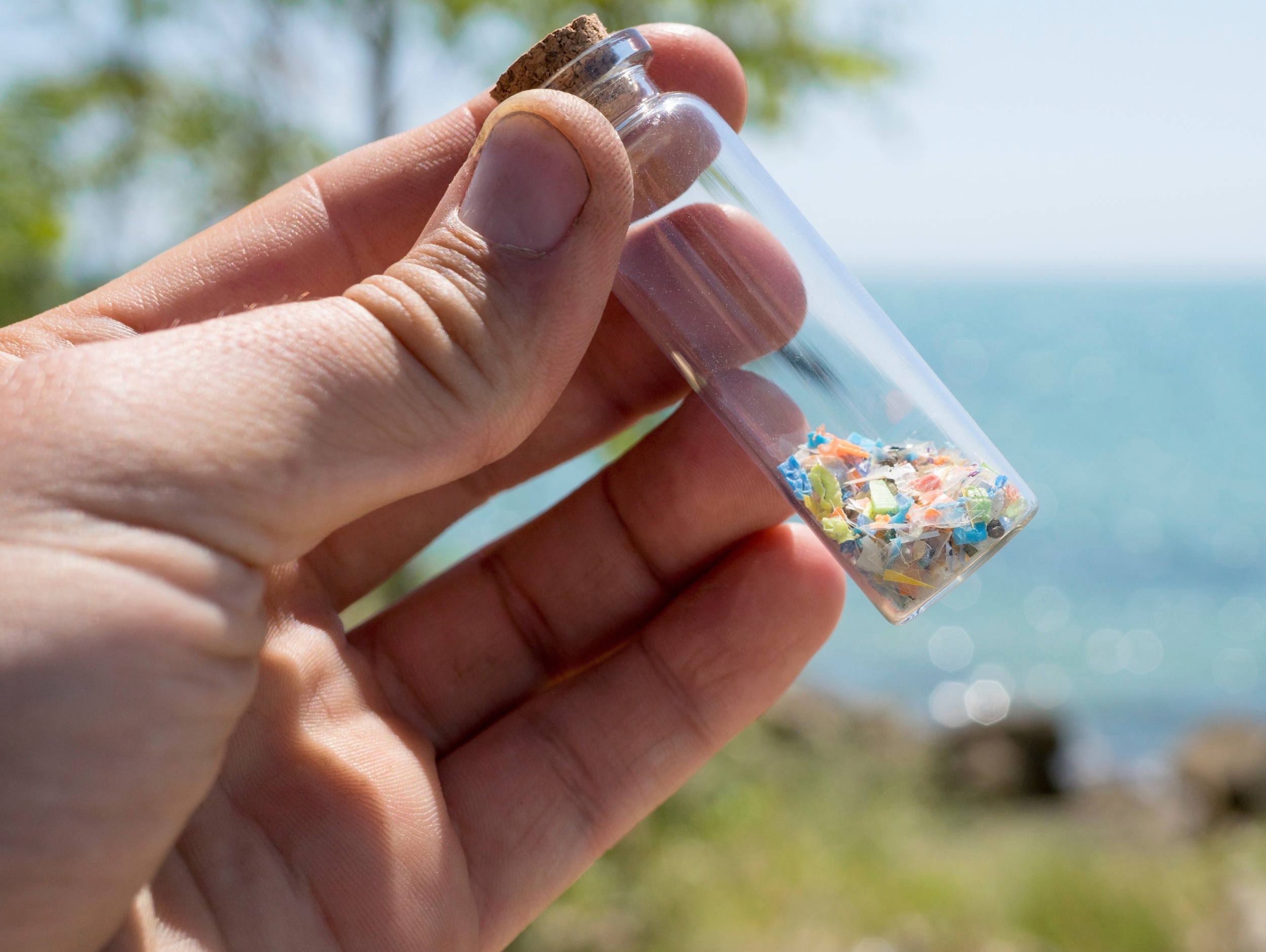
Plastic pollution has reached one of Earth’s most isolated insects
Antarctica often feels like the last place plastic pollution could reach. Ice covers the land, human activity is limited, and the continent seems isolated from the daily environmental damage seen elsewhere.
For a long time, that isolation felt…
Continue Reading
-
Study finds some feathered dinosaurs couldn’t fly, highlighting complex evolution of flight-Xinhua
JERUSALEM, Dec. 16 (Xinhua) — Some dinosaurs that lived 160 million years ago had feathers but could not fly, a study by Tel Aviv University released Tuesday suggests, showing that the evolution of flight was more complex than previously…
Continue Reading
-
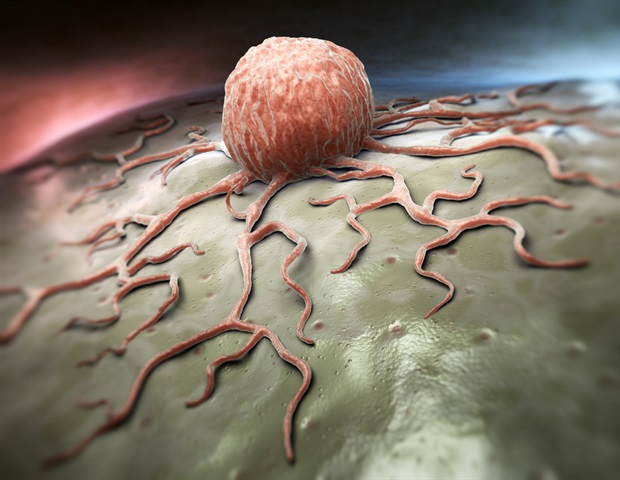
Bifunctional biomaterials for postoperative management of osteosarcoma
Background
Osteosarcoma is the most prevalent primary malignant bone tumor in children and adolescents. The current standard treatment involves a combination of chemotherapy and radical surgical resection. This approach, however,…
Continue Reading
-
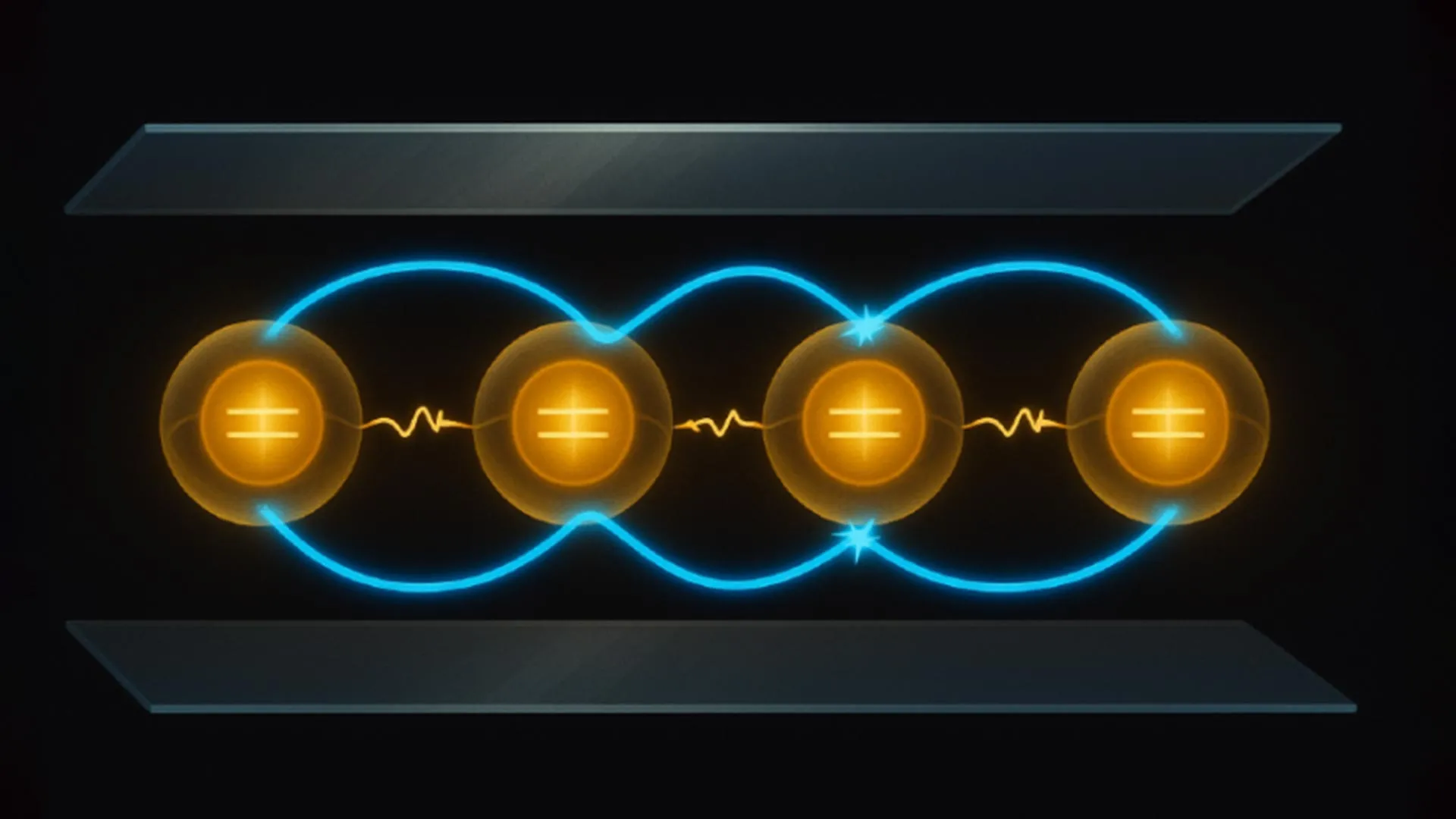
Physicists found a way to see heat in empty space
Scientists at Stockholm University and the Indian Institute of Science Education and Research (IISER) Mohali have outlined a realistic strategy to observe one of the most unusual ideas in modern physics: the Unruh effect. This effect predicts…
Continue Reading
-

Physicists found a way to see heat in empty space
Scientists at Stockholm University and the Indian Institute of Science Education and Research (IISER) Mohali have outlined a realistic strategy to observe one of the most unusual ideas in modern physics: the Unruh effect. This effect predicts…
Continue Reading
-

This rare earthquake did everything scientists hoped to see
The powerful earthquake that struck Myanmar on March 28, 2025, has given researchers an uncommon chance to observe how some of the planet’s most dangerous fault systems behave, including faults similar to California’s San Andreas. Earthquakes are…
Continue Reading
-
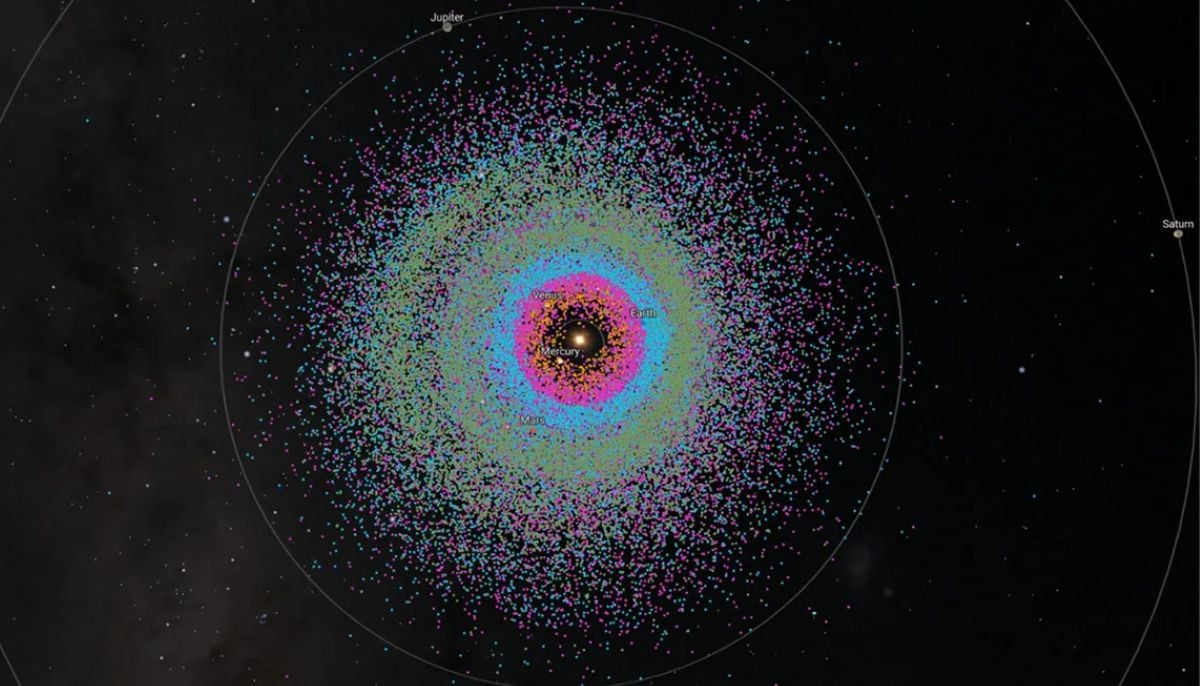
Discovery of 40,000 near-Earth asteroids could pose threat to Earth: Here’s how
A surprising discovery has been unveiled by astronomers as they…
Continue Reading
-
Menstruation Linked to Longer Football Injury Recovery – Medscape
- Menstruation Linked to Longer Football Injury Recovery Medscape
- Your period may make sport injuries more severe New Scientist
- FC Barcelona Study Finds Menstrual-Phase Injuries Heal More Slowly Technology Networks
- Injury burden is higher during…
Continue Reading
-

Materials Information | AZoM.com – Page not found
Terms
While we only use edited and approved content for Azthena
answers, it may on occasions provide incorrect responses.
Please confirm any data provided with the related suppliers or
…Continue Reading
